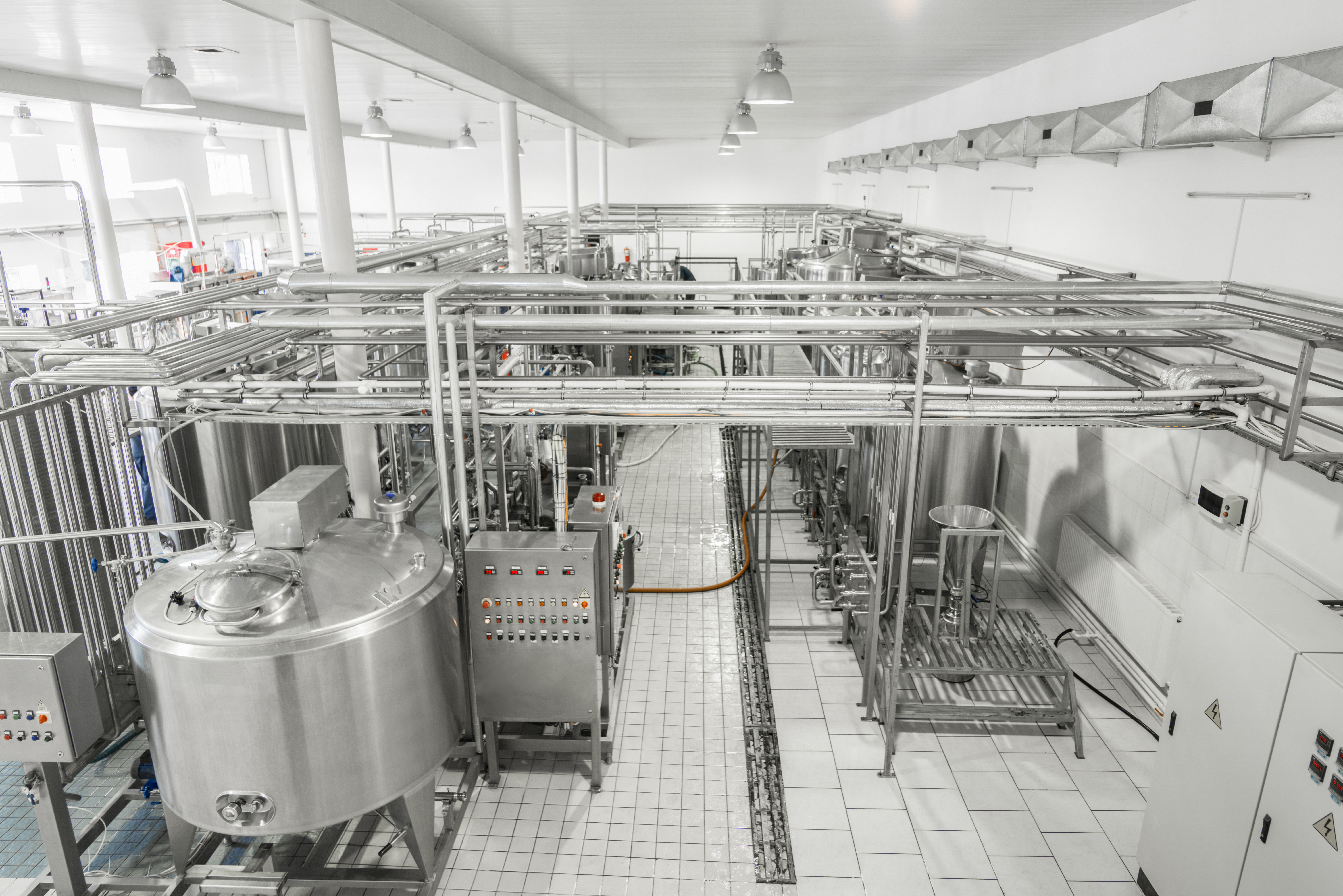KANSAS CITY -- Largely driven by the decrease in foodservice demand and restaurant sales, COVID-19 has dramatically affected consumer habits and dairy supply chains, leaving the dairy industry to cope with some new realities. As the economy continues to reopen, potential changes in consumer habits, the level of social distancing that remains will reshape dairy supply chains long term.
“Our supply chain’s been tested over the last 12-plus months,” said Mark Baum, senior vice president of Industry Relations and chief collaboration officer, FMI – The Food Industry Association, Arlington, Va. “Food retailers and their suppliers have been dealing with natural disasters for decades ... so we’re pretty good at pivoting and being able to expand the supply chain, reduce assortment, rationalize use, if needed to meet demand for those items that consumers want the most and expand capacity for those. But we’ve never experienced anything on the scale when you’re talking about literally a global pandemic.”
A 2020 report from CoBank’s Knowledge Exchange indicated that consumer behavior would be different well into 2021, compared to pre-pandemic, and that would force dairy supply chains to adjust from farm-to-fork.
As stay-at-home orders were put in place, consumers increased purchases of more traditional dairy products, such as fluid milk, cheese and butter. They also stopped going out to eat, especially once indoor dining was shuttered across the United States. Retail was facing shortages in store while there was a surplus inventory in foodservice.
“I remember April of last year going to the grocery store and for the first time in my life seeing butter sold out,” said Christina Adams, partner, McKinsey & Company, during her presentation, “Embracing the Future of Dairy” at the 2021 IDFA Forum. “It was hard for me to imagine, but that’s part of the world, particularly as we were living it last year, but it’s impacted so much of how things have changed, as well.”
Reallocating Resouces
At the onset of the pandemic, there was a spike in demand and a decrease in supply for food products. Retail stores were facing shortages, creating a need for a greater nexus between the supply chain to move inventory where it needed to be.
“At first, we were challenged because nobody knew how enduring this time period was going to be, so there was a lot of uncertainty, so people were holding on to supply and hoping that things would begin to open up and we’d return to … traditional channels of distribution,” Mr. Baum said. “As it became apparent that that was not going to be the case, what this caused was to, at first, create ‘ad hoc partnerships’, say between distributors that were traditionally providing away-from-home or broad line distributors with dairy products, who are traditionally supplying restaurants and institutions, have to supply retailers what they needed. And not just product, but trucks, warehousing facilities, labor and the like.”
The dairy supply chain starts on one of the approximately 50,000 dairy farms in the United States. Milk has a particularly high risk of expiration and spoilage, so it’s crucial to ensure milk doesn’t remain in one place too long. As a result, the supply chain requires resilience to eliminate disruptions.
Some of the most poignant images in the early days of the pandemic showed fresh milk being spilled out because it couldn’t be moved to where it needed to be distributed in a timely fashion. The Dairy Farmers of America estimate that approximately 3.7 million gallons of milk were dumped every day in April 2020.
The impact of that was felt by processors who began reducing production and rationalizing their portfolios in order to meet the demand of consumers.
“There’s now permission to have more efficient portfolios aligning with consumer needs, demand being up in retail, consumers seeing items out-of-stock and then just overall efficiencies and how products are getting to their final locations,” Ms. Adams said. “Certainly, there was a high increase in need of freight associated with products going directly to consumer, but also just the logistics of keeping products in stock in stores.”
The industry has since smoothed out its supply-and-demand issues. As the world reopens and restrictions began to loosen, the industry is beginning to see what the food landscape will look like as things begin to improve, especially as expanded vaccination efforts continue. There will soon be a clearer picture of what the new normalization of distribution channels will look like.
“I think that some of those shifts, regardless of how we look at the back end of this, will become permanent,” Mr. Baum said. “These ad hoc partnerships, I think, will become longer-term strategic relationships going forward. The supply chain is also proven to be far more resilient than I think any of us expected, and so while we have not broken, we’ve been able to get product to where it needs to be.”
This story is featured in the April 2021 issue of Dairy Processing.

